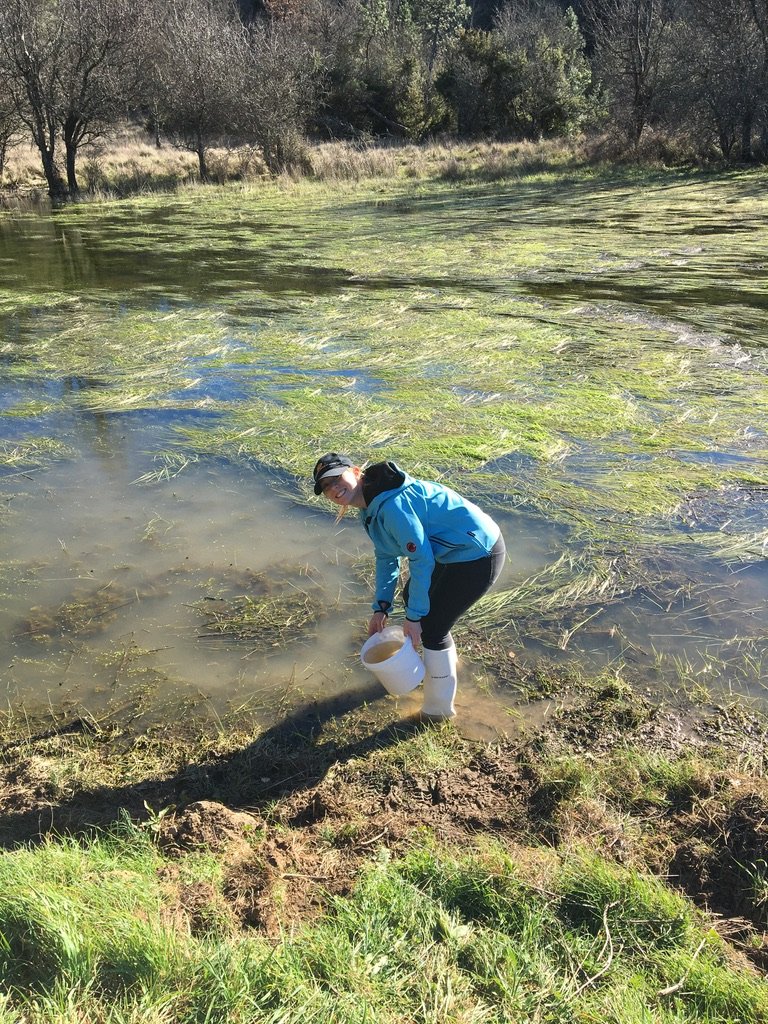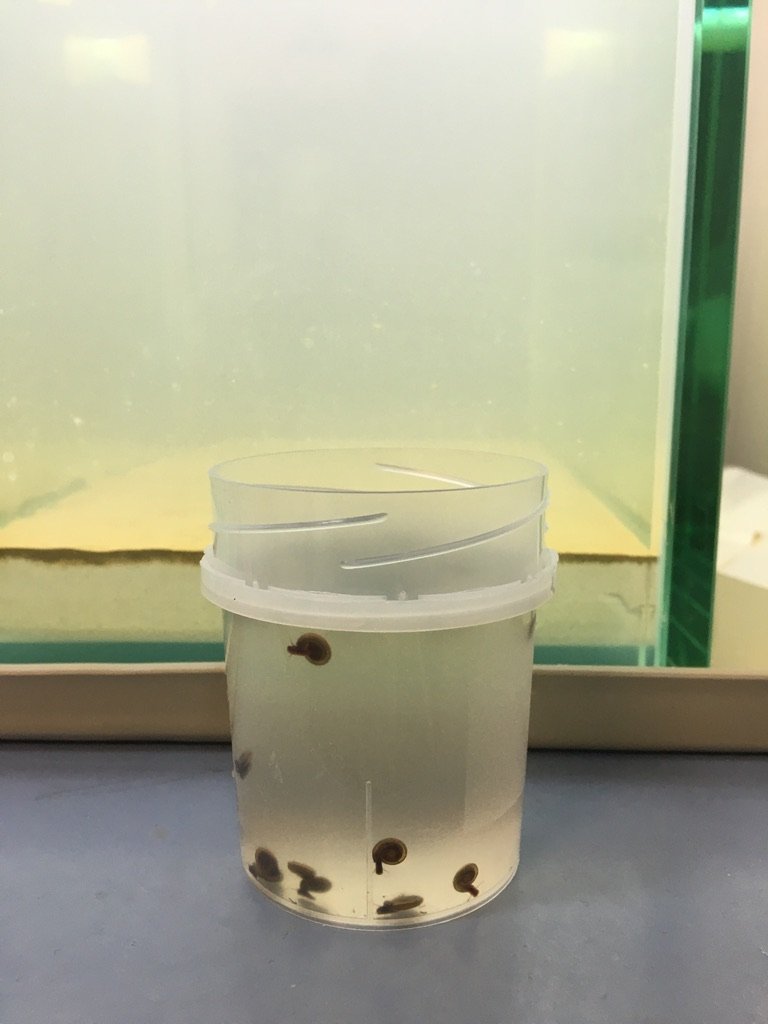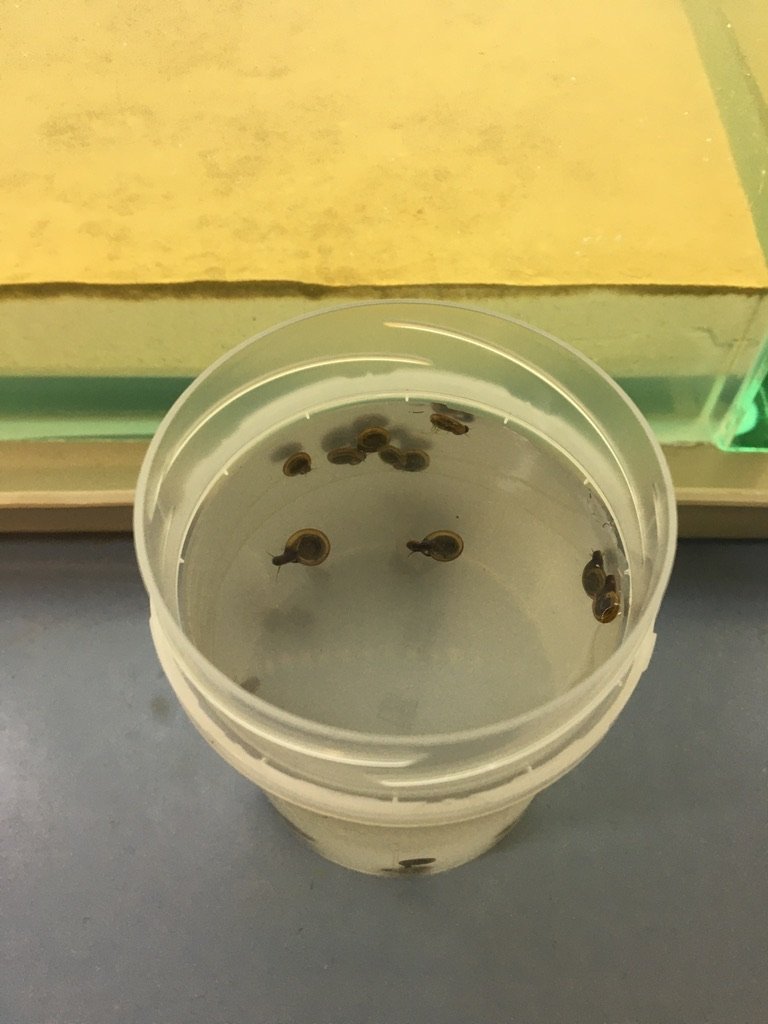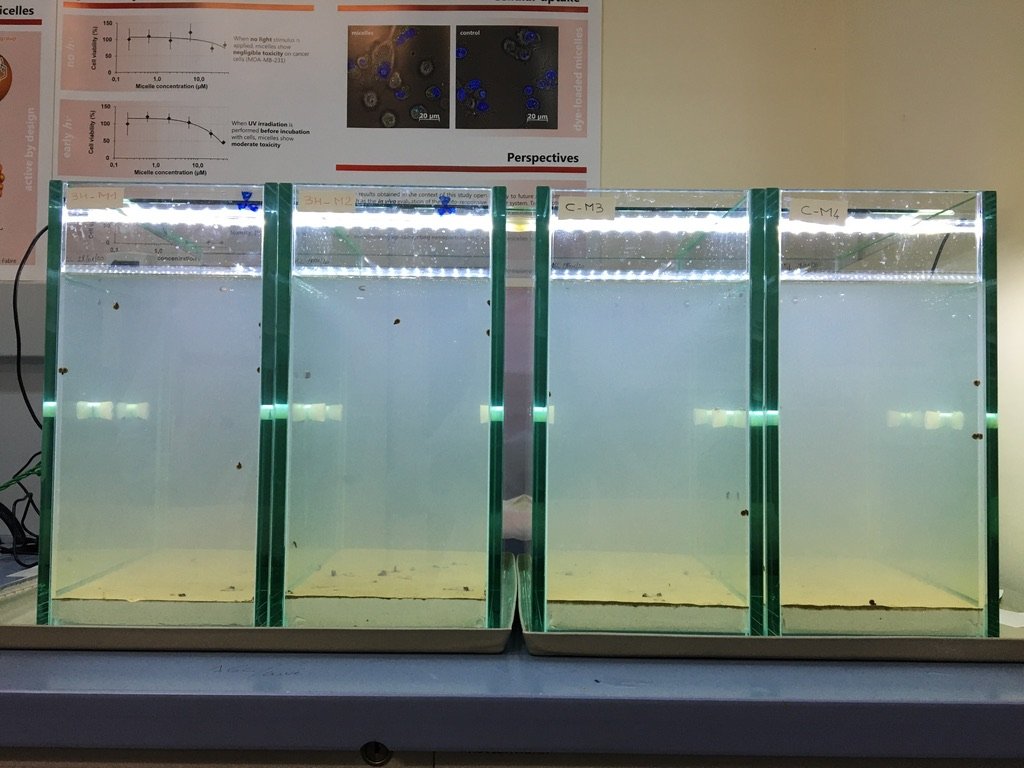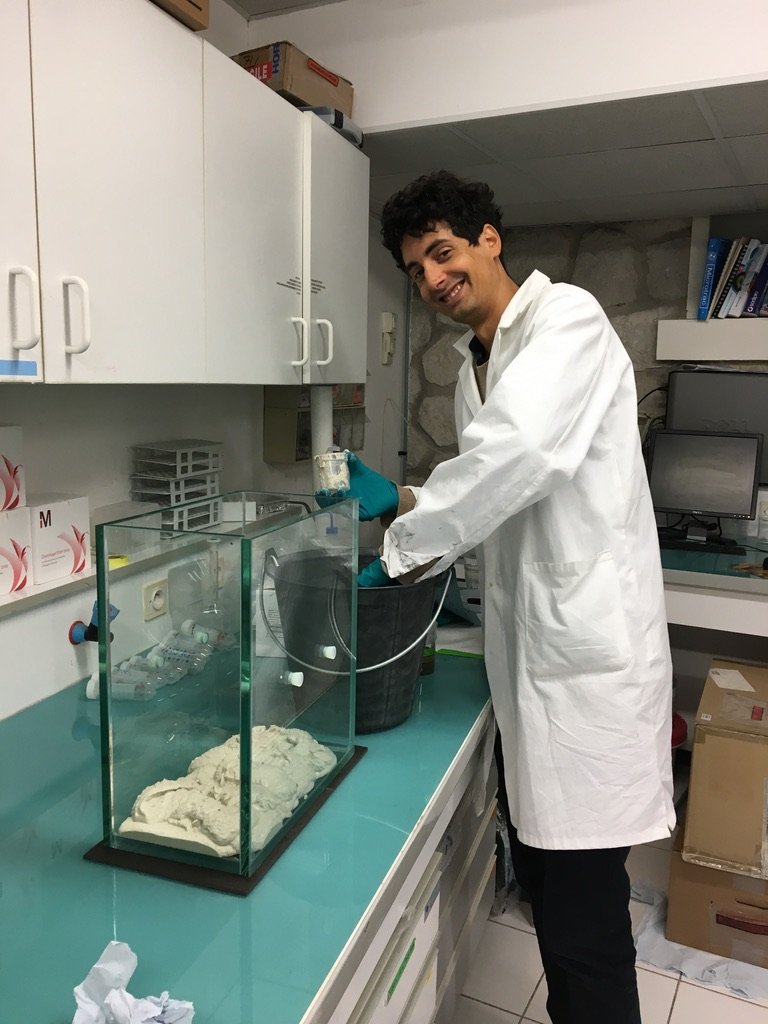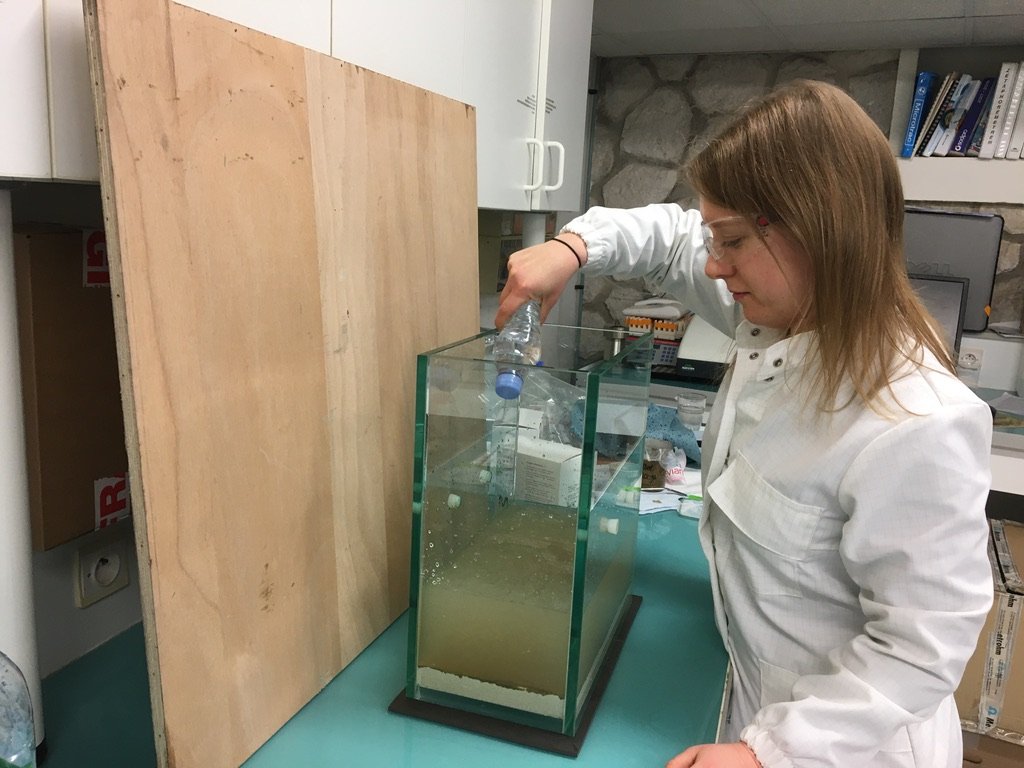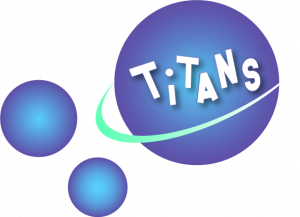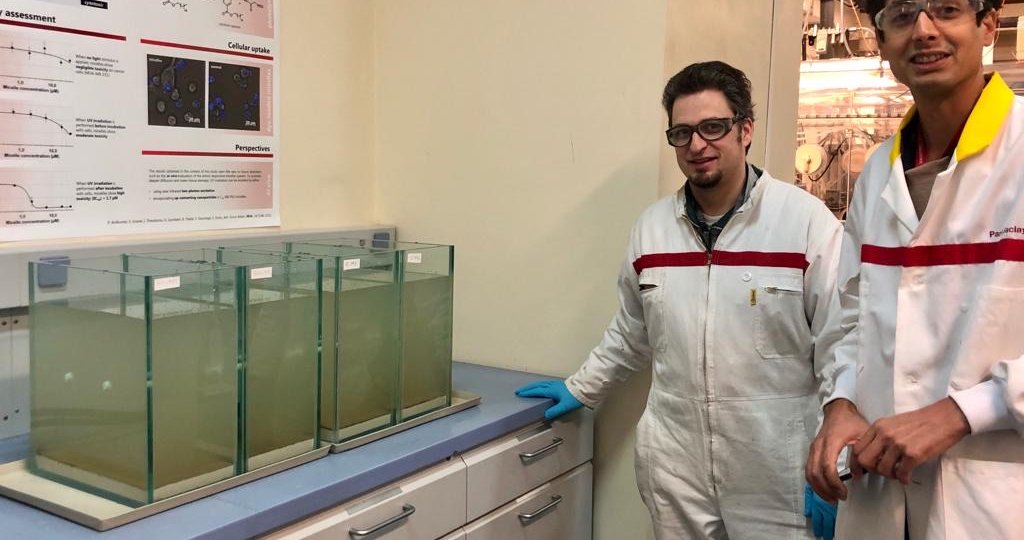
There could be an accidental release and dissemination of tritiated dust particles in the environment when containment measures failed during the dismantling of decommissioned nuclear facilities. However, little is currently known about what impacts this could have on environmental tritium exposure and radiotoxicity.
The TRANSAT team involved in WP3 – Impact of tritiated products on environment and human health completed its first experiment addressing these environmental concerns, specifically evaluating the fate and behaviour of tritiated stainless steel particles in a pond ecosystem.
This interdisciplinary experiment was led and designed by Danielle Slomberg, Mélanie Auffan, and Jérôme Rose (CEREGE, Aix-en-Provence, France), and carried out in collaboration with Mickaël Payet (CEA research centre, Saclay, France). Aquatic mesocosms were utilised in order to mimic a pond ecosystem and study the exposure of different environmental compartments (water column, sediment, organisms) to tritiated stainless steel particles following a one-time contamination.
To ensure that the experiment mimicked natural conditions as closely as possible, sediments (containing natural microbiota and primary producers) and organisms, A. leucostoma snails, were recovered from a non-contaminated pond in Southern France. After leaving the pond, the snails even enjoyed a ride on the high-speed train from Aix-en-Provence before safely arriving at CEA Saclay.
Once the aquatic mesocosm conditions were stable and the snails had acclimated to their new home in the Saclay tritium lab, the aquatic mesocosms were contaminated with either tritiated or control stainless steel particles in a one-time, accidental release scenario. Mickaël and the Saclay team collected and analysed samples over the first month experiment to monitor the distribution of tritium between the different environmental compartments.
Using the developed sampling protocol, they will even be able to distinguish between the tritium remaining bound to the particles and the tritium that was able to diffuse into the water column over time. At the end of sample analysis, they will be able to combine their results on particle fate and tritium distribution in the pond ecosystem.
With results from this experiment and others that are ongoing, the TRANSAT project will provide the first elements of knowledge on the potential effects of tritiated particles in the environment in the case of accidental contamination.

